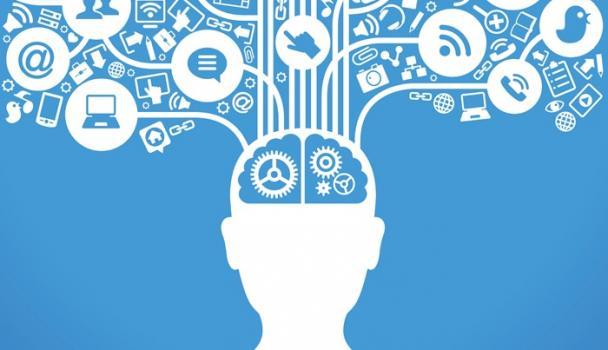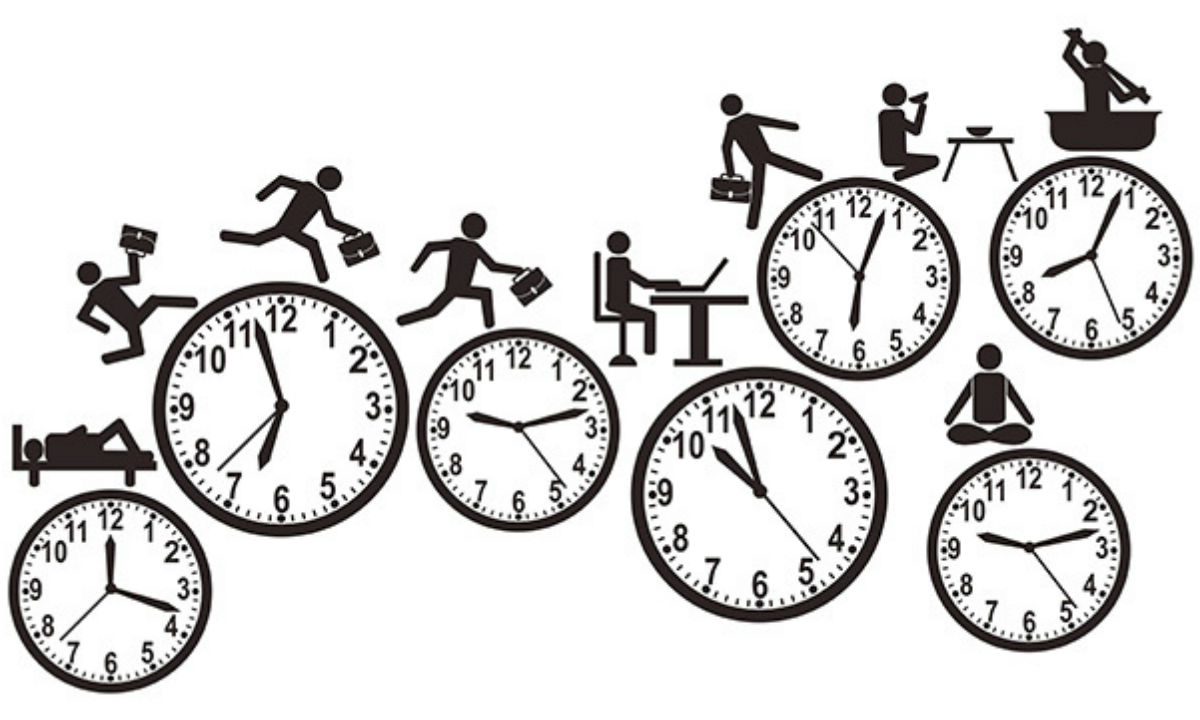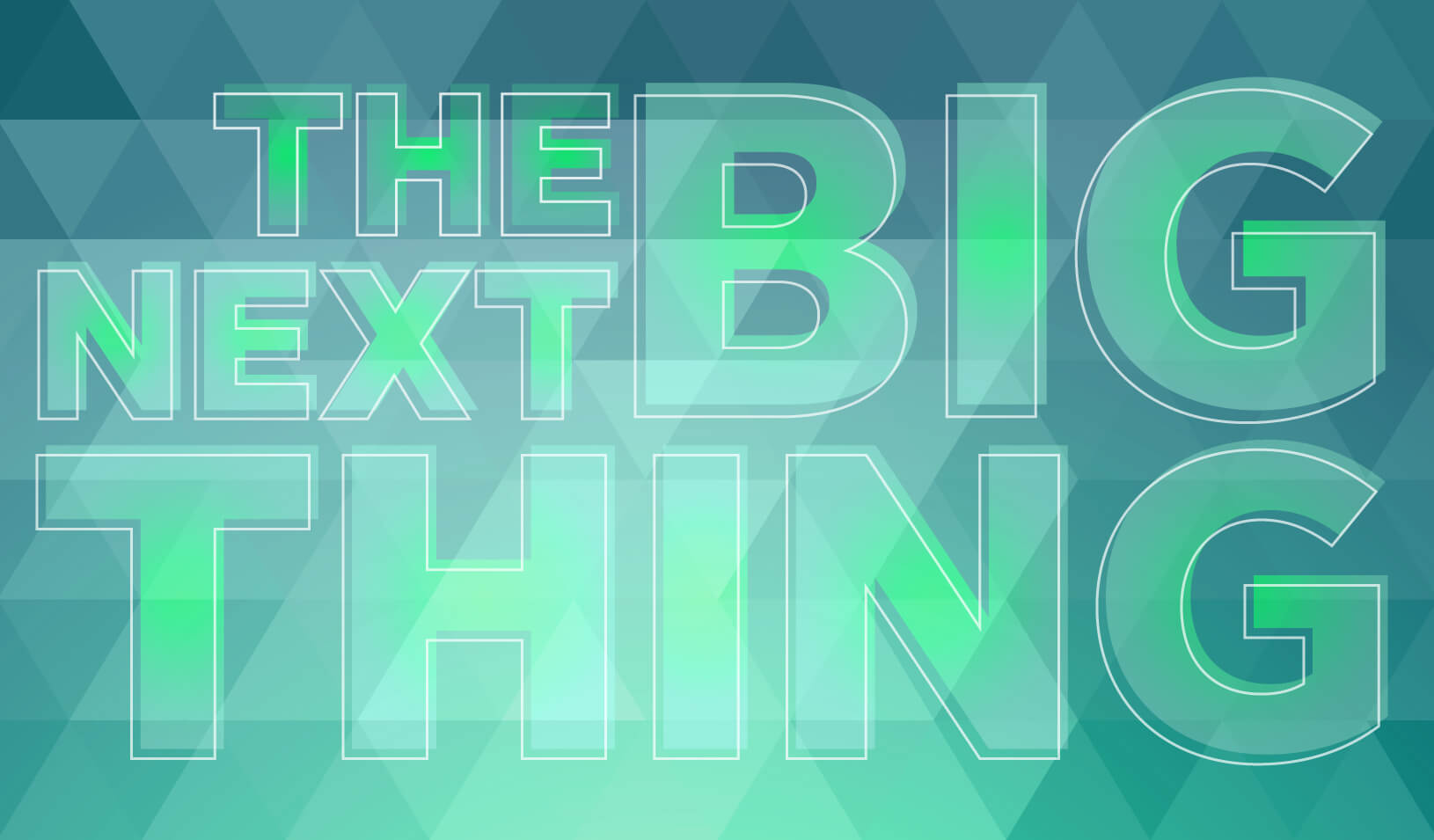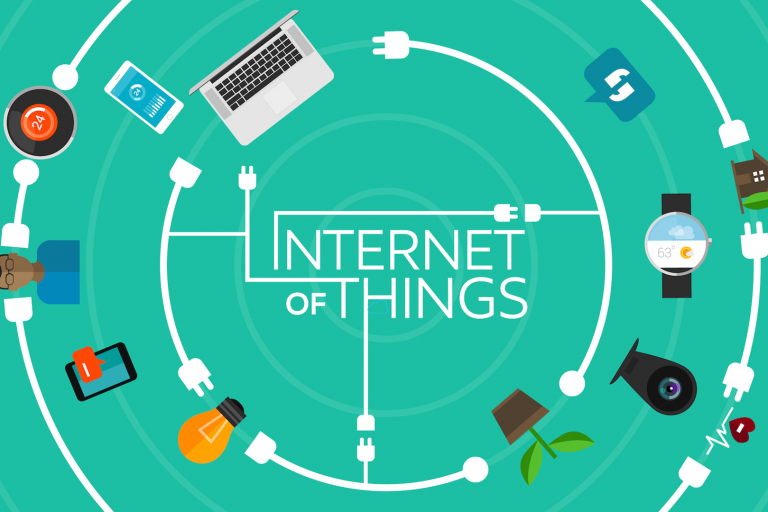The Internet of things (IoT) has been making waves in the market of late. Being touted as a game changer in how we go about running our businesses, the IoT has no doubt made how we go about doing things a much simpler task. While it may sound like a business buzzword, in reality, it’s a real technological revolution and brings with it a wave of new possibilities that is destined to change the face of technology as we know it.
In a Nutshell
The IoT is basically an interconnectivity between things that are connected and communicate wirelessly. Using unique identifiers, these devices connect us in the form of objects, locations and people to the internet allowing for the direct transmission of and seamless sharing of data.
This means that everyday devices will stay connected and automatically exchange information over the network thus giving us a major impact on our lives changing how simple things such as the weather, traffic and pollution are gathered in terms of data and moreover, monitored.
The Winds of Change
IoT is already among us in the form of smartphones, Fitbit, and also the iWatch just showing us how incredibly connected our lives truly are.
As great as these are, it’s evident these technologies are just scratching the surface. In time, IoT will soon mean more than just smart refrigerators, environmental alerts, and wearable technology and will have the enormous impact on the way we do business, specifically where marketing is concerned. As a matter of fact, the transition has already begun. Here are 5 ways that IoT will change marketing:
- Exchange of Smart Data
One of the most valuable assets of any business or organization for that matter is its data. Having access to such valuable information is the key to what drives it and what separates it from the competition. The availability of data can’t be stressed enough here.

These smart devices gather this data and supply it back in real time, without the need for IT professionals to direct or monitor the situations, will allow businesses to create marketing strategies and improve business related processes in shorter amounts of time.
- No More Routines
They say that change is inevitable. So is the growing prominence of the IoT. Automated flow and digitalization, will eventually do away with the monotonous routines and scheduling at least from a digital marketers perspective. The concept of automation will only speed up the flow in which content is rolled out to audiences.

It could be argued that many will lose their jobs as a result of this but it’s not necessarily true. The need for routine work is bound to decrease in the future but the people will still be needed for tasks that require creativity and problem-solving skills. People will have to be able to develop new skills and adapt to changes accordingly much like in the past.
- Predictive Social Media
When Facebook and Twitter initially hit the market, not many were convinced or better yet, believed in the power these mediums would hold in the future. Today, there are over 1.65 billion monthly active users on Facebook. This indicates a 15% increase year by year. In short, Facebook is too big to really ignore.

The IoT is already optimized for use with social media, allowing automated posts and shares to be regularly generated by the devices themselves, and preparing the way for new online communities to develop. This understanding allows marketers to predict such developments and even pick out future trends.
- Self-Monitoring Devices
One of the most promising aspects of “smart-enabled” products is their potential ability to perform their own regular maintenance and diagnostics. Smartphones are the most common examples today of such features having the ability to update itself when connected to the network. The down-time is therefore eliminated waiting for a fix.

These smart devices would go on their own to download and update themselves so as to perform at the top of its ability. This is a big step up from the more conventional technology seen over the past few years.
It’s clear that the internet of things is here to stay. Research suggests that by the year 2020 an approximate of 75 billion devices will be connected to the internet of things. With the initiative only looking to become smarter as the years go by, so will be the efforts in marketing strategies.

